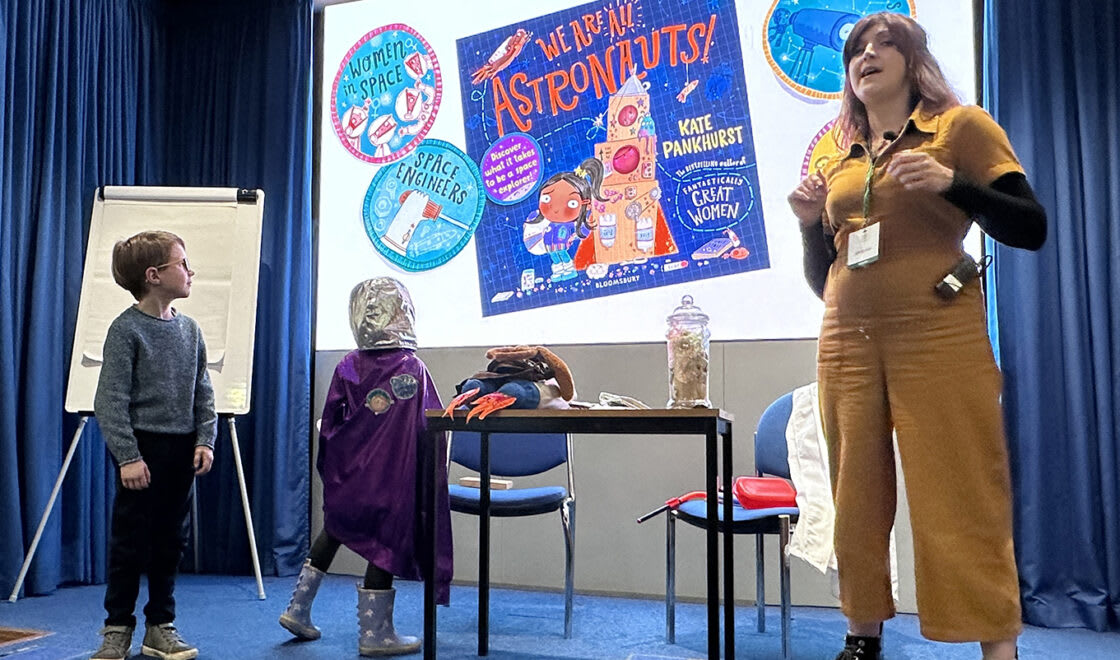The first time I saw my father cry I was torn between utter sadness and intrigue. Whether of grief or unadulterated joy, tears are the global watermark of human emotion. But why? How do tears work and can they tell us about the nature of emotion?
We often talk about “feeling better after a good cry” and the science backs this up. Tears shed as a result of intense emotion contain high levels of hormones like cortisol, which builds up when stressed. Like the little hole in the basin that lets the water trickle over to avoid an all-out flood, tears are a vehicle for carrying that excess hormone out of the body. The release is therefore physical as well as psychological.
Like it or not you are constantly lacrimating producing fluid to lubricate and clean your eyes. But not all lacrimation is the same. Humans are thought to be the only species to shed three types of tears: basal, reflex and emotional. Basal tears are the maintenance beads of moisture that coat our eyes keeping them free from bacteria and lubricating the surface of the eye. Reflex tears kick in to protect our eyes from harm. Onions, gases or a gust of dust can trigger an instant flood, flushing the eye and washing away any foreign particles. Basal and reflex tears are common in the animal world – we share them with apes, elephants and camels. Scientists have long believed that this is the secretory limit for all but human animals. However, scientists at the American College of Veterinary Ophthalmologists have found that horses produce more tears when they are put under stress and that the tears they produce show increased levels of the hormone cortisol in just the same way as humans.
All tears are composed of similar ingredients – water, salts, enzymes and hormones. However, the ratio of ingredients varies between the three tear types and with each type, tears change depending on their cause. The type and quantity of hormone changes dramatically, for example, between tears of joy and grief. They may all look the same to the naked eye, but tears shed in response to different emotions each have a unique fingerprint.
I recently saw a beautiful work of art called ‘Topography of Tears’. The artist, Rose-Lynn Fisher, collected over 100 tear samples, representing moments of regret, loss, laughter, and onion-cutting, and examined them under a light microscope. Rose-Lynn was astonished to find that each tear sample looked vastly different.
Tears are loaded with chemicals and laden with emotion, playing a critical role in our ability to control physiological changes in hormones when experiencing intense feelings. Just like the simple yet powerful impact of human touch, your tears leave fingerprints wherever they are shed.









